supernova
Latest about supernova
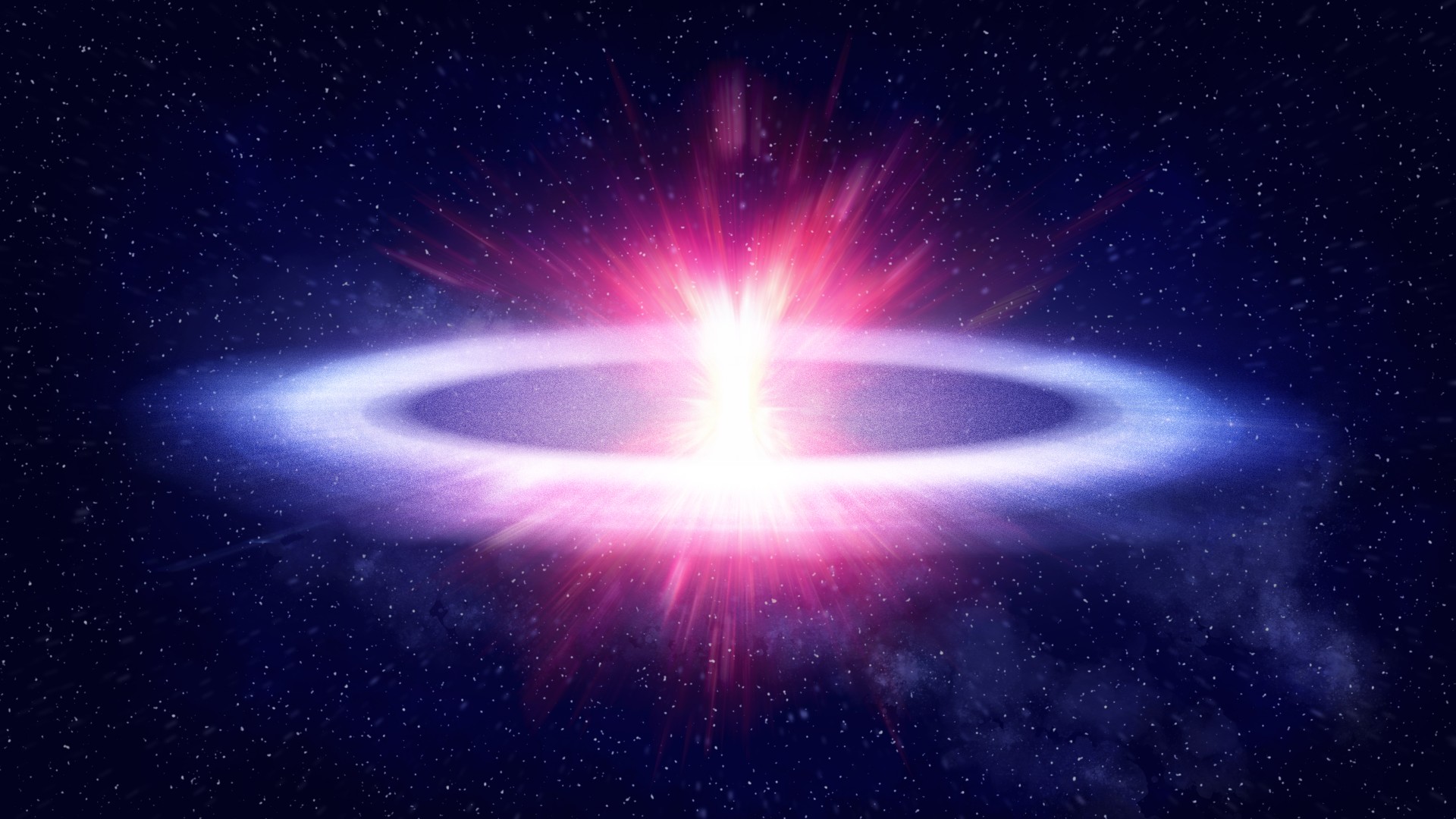
Extremely flat explosion dubbed 'the Cow' defies explanation
By Robert Lea published
A bizarre object called "the Cow" is the flattest explosion ever detected, and the first example of a rare phenomenon called a fast blue optical transient (FBOT).

'Ghostly' neutrinos spotted inside the world's largest particle accelerator for the first time
By Ben Turner published
Signatures of neutrinos, or ghostly particles that rarely interact with others, were tentatively spotted in the Large Hadron Collider in 2021. Now, physicists have confirmed they are real.
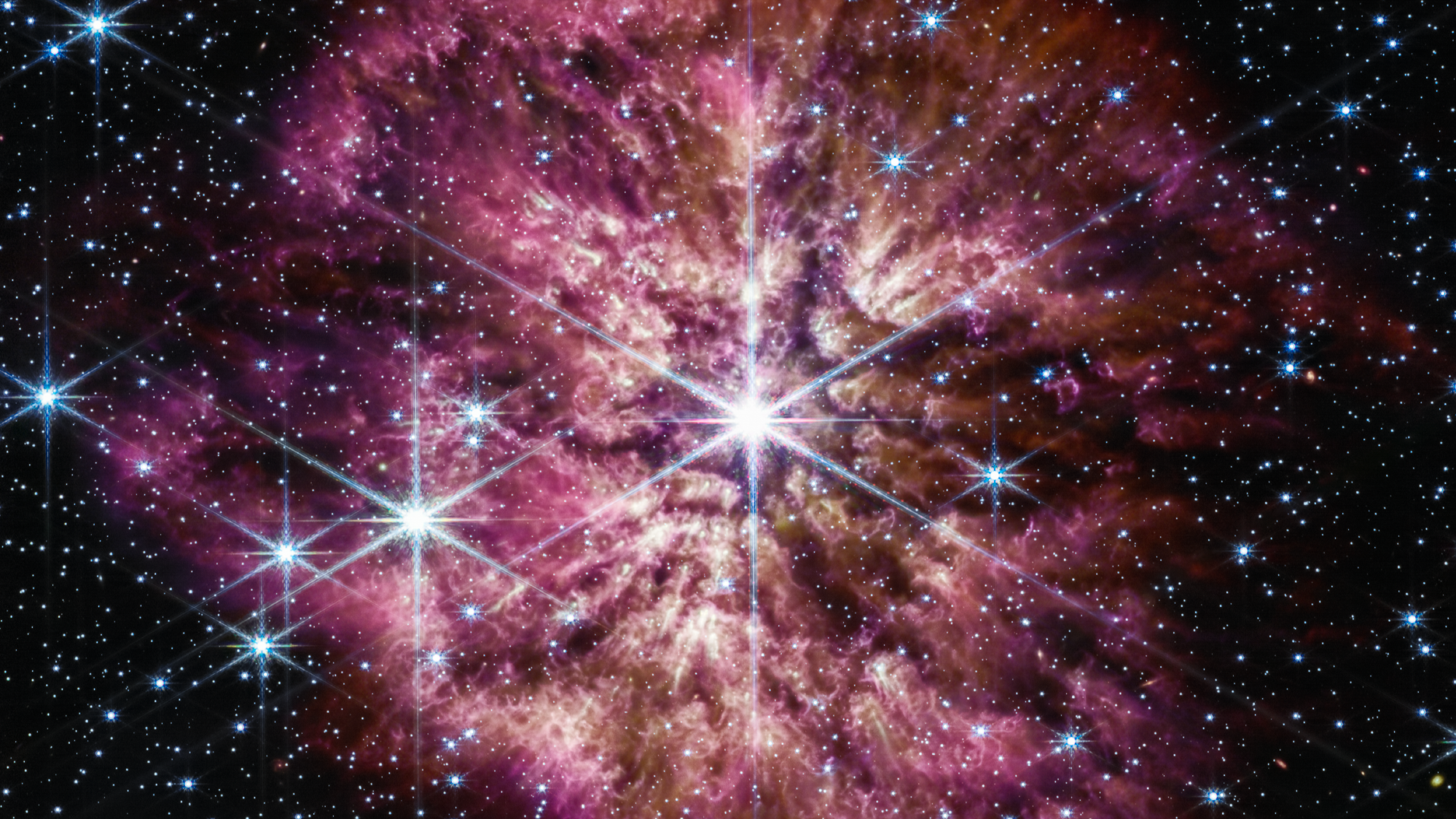
James Webb Space Telescope captures star going supernova in a dazzling cloud of dust
By Sascha Pare published
NASA's James Webb Space Telescope has snapped a picture of WR 124, a rare Wolf-Mayet star 30 times the size of our sun, ejecting a luminous cloud of cosmic dust.

Ghostly scraps of oldest recorded supernova revealed in stunning telescope image
By Brandon Specktor published
The National Science Foundation zooms in on the tattered scraps of SN 185, which appeared over our planet 1,800 years ago and was the first supernova ever recorded in Earth's skies.
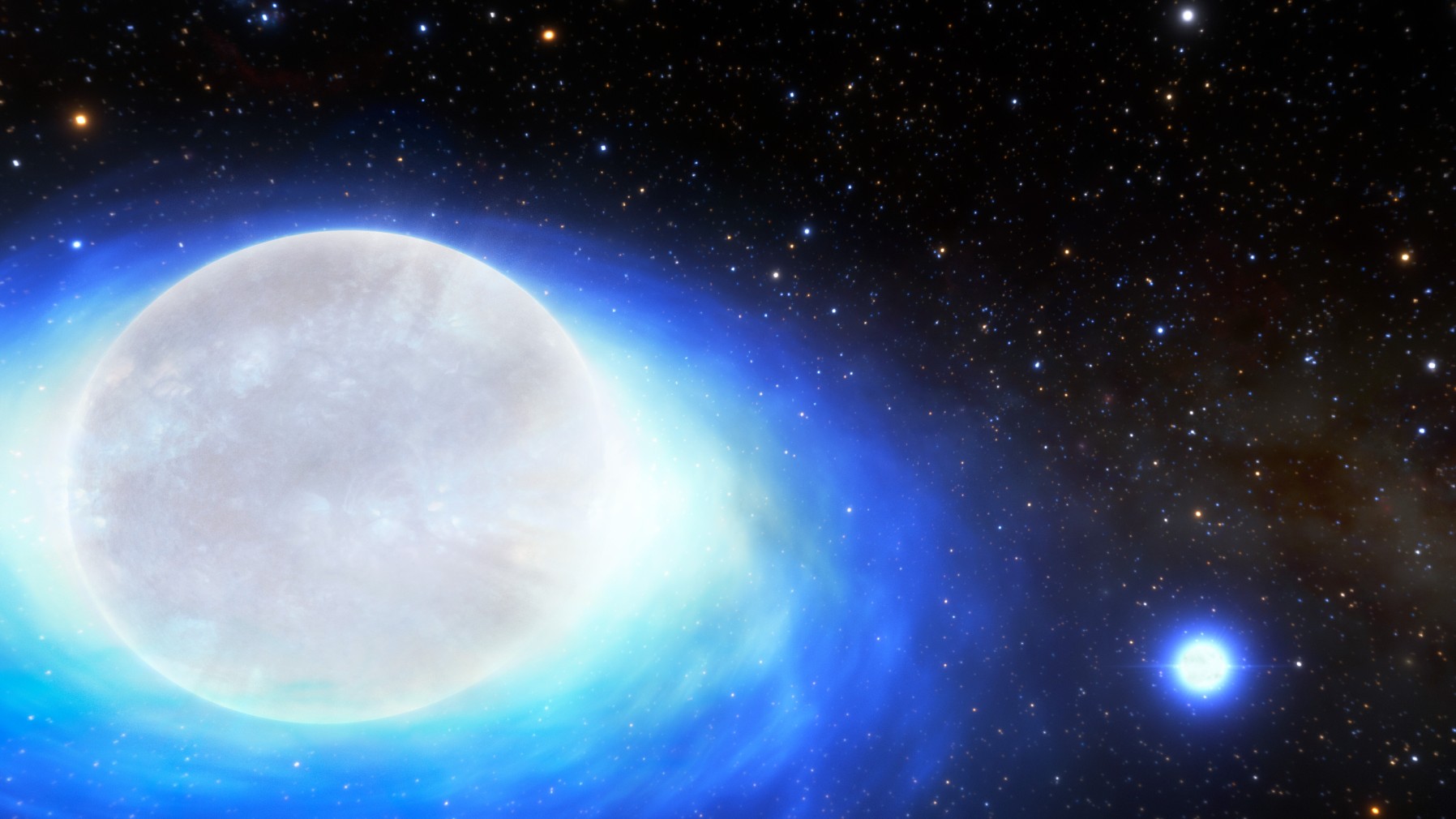
'1-in-10-billion' star system is doomed to explode in a fiery kilonova
By Stephanie Pappas published
Scientists have discovered an extremely rare star system that is doomed to explode in a 'kilonova' caused by the merger of two neutron stars.
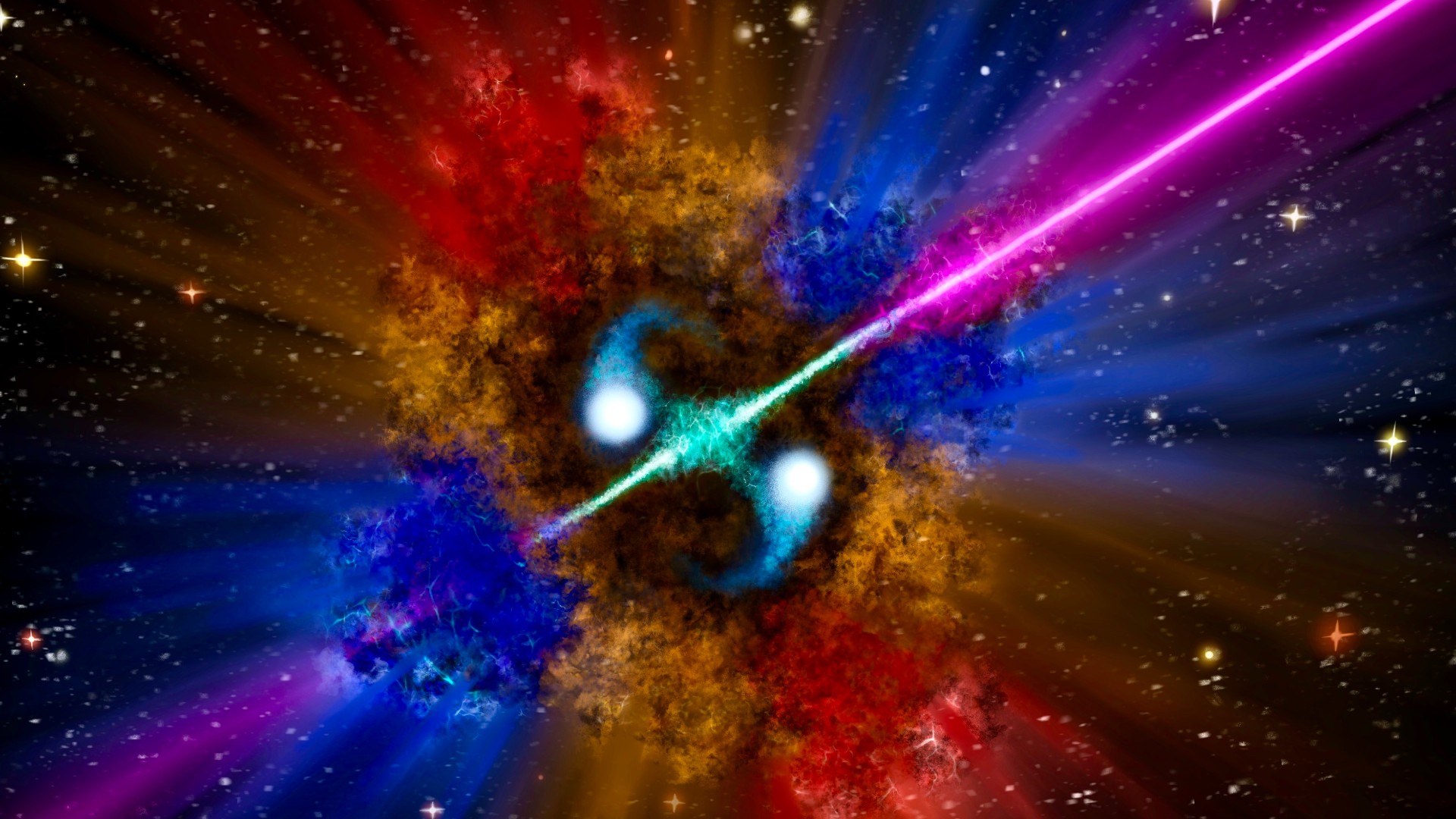
The brightest, most energetic explosions in the universe don't come from where we thought
By Brandon Specktor published
While tracking an incredibly bright gamma-ray burst to its origins, scientists uncovered a hidden explosion that could upend decades of research.
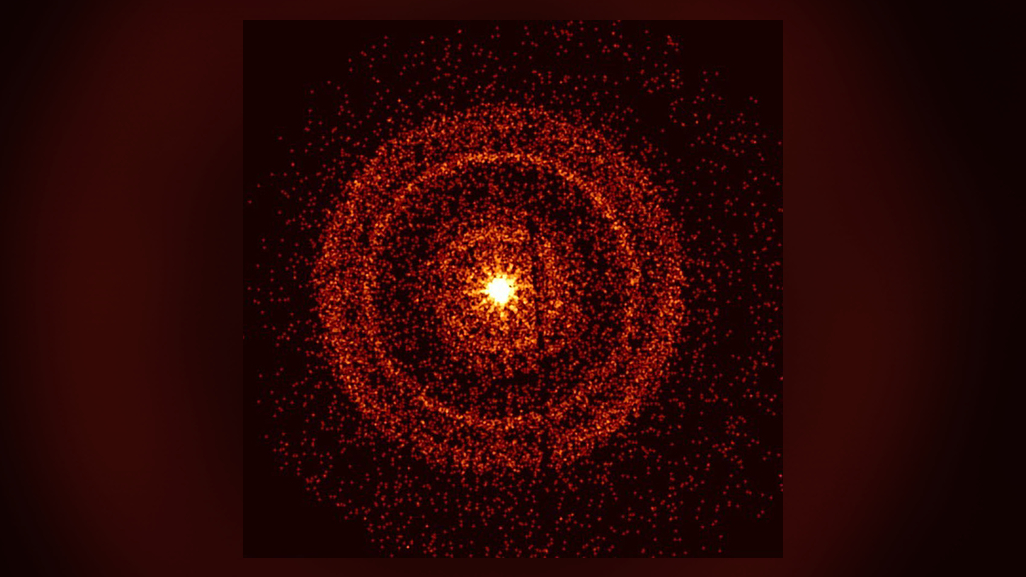
Gamma-ray burst may represent the most powerful cosmic explosion ever recorded
By Robert Lea published
Astronomers stunned by 'brightest of all time' gamma-ray burst reckon it could be the most powerful space explosion since the Big Bang

Astronomers develop 'early warning system' to watch supernova explosions tear through the cosmos in real time
By Jamie Carter published
The system would alert astronomers when a red supergiant is just months away from exploding.
Get the world’s most fascinating discoveries delivered straight to your inbox.


